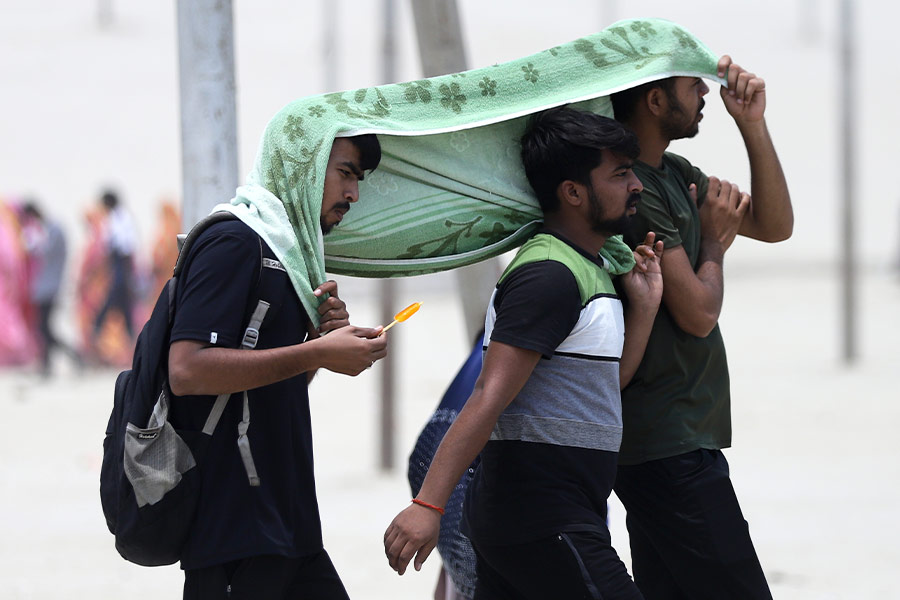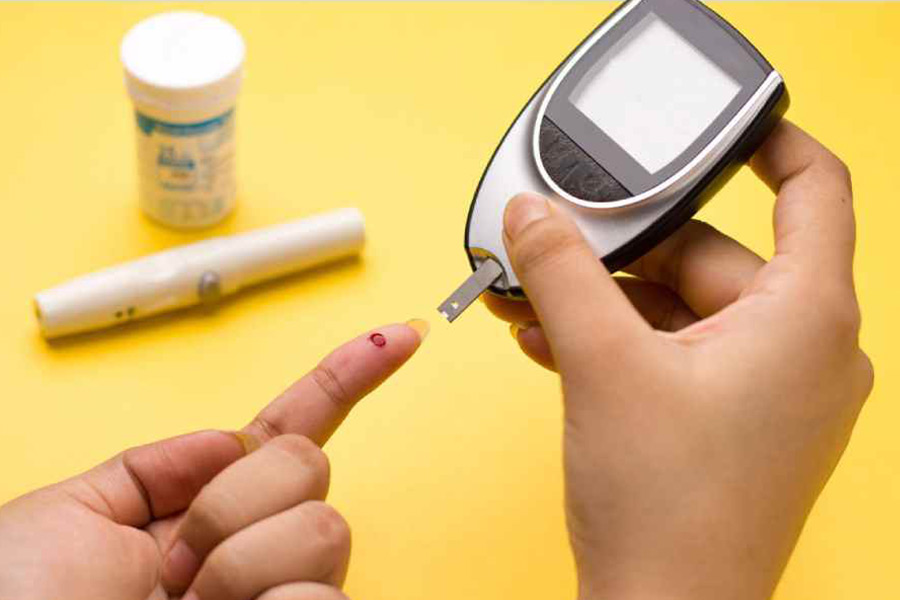On a planet where steadily increasing temperatures are warming the poles and melting the ice at an alarming pace, it should not surprise us that in the years to come, summers — be it in my native Kolkata or my current base in New Jersey — will only get hotter and fiercer. That tropical regions will bear the brunt of the sun’s wrath is also old news. Add to this, deepening combustion oozing from factories and roads packed with endless cars along with humidity that saps the soul, and you are guaranteed of summers that are unhealthy, oppressive and, often, fatal.
With summers sending the mercury flying, let’s ask a key question: Who is at risk for what we now term as Exertional Heat Illness (EHI)?
To put it simply, anybody and everybody who bears the scorching sun for a considerable period of time can be a casualty. The list can be long, and especially in India, endless. The mailman who hits the road daily, the construction worker who pounds the wooden deck, the rickshaw puller who pedals, the beggar who hops from one traffic signal to another. Nothing exposes Indian poverty more than an Indian summer. But, of course, summer poses a threat to all others, too, from sportspersons to politicians.

Anybody and everybody who bears the scorching sun for a considerable period of time can be a casualty of EHI. The list can be long, and especially in India, endless iStock
Risk factors and signs of EHI
What are the risk factors? Objectively, the following are the major ones, according to several large reviews and reports:
- Strenuous exercise in high ambient temperature and humidity
- Lack of acclimatisation
- Poor physical fitness
- Obesity
- Prolonged periods of dehydration
- Acute or chronic illnesses
- Carrying external loads, including clothing, equipment and protective gear
- Alcohol intake and certain medications, including commonly available decongestants
How to know if you’re coming down with EHI?
By far the commonest and earliest manifestations are heat cramps. While the calf muscles are the most frequent targets, any region/organ can be affected. More importantly, the onset can be deceptively slow before the quick, occasionally deadly, blow. Besides muscle cramps, other manifestations listed below can be equally debilitating :
- Palpitation with increased heart rate
- Hypotension
- Extreme weakness
- Dehydration and electrolyte losses (sodium, potassium)
- Ataxia (lack of balance) and coordination problems, syncope (temporary loss of consciousness due to a fall in blood pressure), light-headedness
- Profuse sweating, pallor, prickly heat sensations
- Headache
- Abdominal cramps, nausea, vomiting, diarrhoea
When it comes to heat cramps, the focus should be on hydration

Extremely high temperatures can lead to heat injury, heat stroke and malignant hyperthermia TT Archives
Why do the aforementioned conditions need to be detected as early as possible?
Simply because they are the red flags for more dangerous and fatal consequences, ranging from heat injury and heat stroke to malignant hyperthermia.
How, then, do we protect ourselves?
When it comes to heat cramps, the focus should be on hydration (with salt replacements), massaging the muscle(s) involved, removing clothing as much as needed, and taking refuge in a cooled area. As a matter of fact, for any evidence of heat exhaustion, the same guidelines of hydration with salt replacements, rapid cooling and lying supine (with feet elevated above the level of the head) hold good.
But guidelines can only do so much unless the administration steps in to implement social measures to protect hapless souls from heat. Till then, simple acts of benevolence will help. Like my mother gifting wet blankets to be applied on the heads of local rickshaw pullers braving the blistering heat in Kolkata.
Dr Shuvendu Sen, born and brought up in Kolkata, is a US-based physician currently serving as the vice-chair, Research, at the Jersey Shore University Medical Center, New Jersey. An award-winning physician and author, his works include The Fight Against Alzheimer’s (Rupa Publications, 2024), Why Buddha Never Had Alzheimer’s (HCI/ Simon & Schuster, 2017) and A Doctor's Diary (Times Group Books, 2014), among others. Dr Sen can be reached at shuvendusen57@gmail.com


